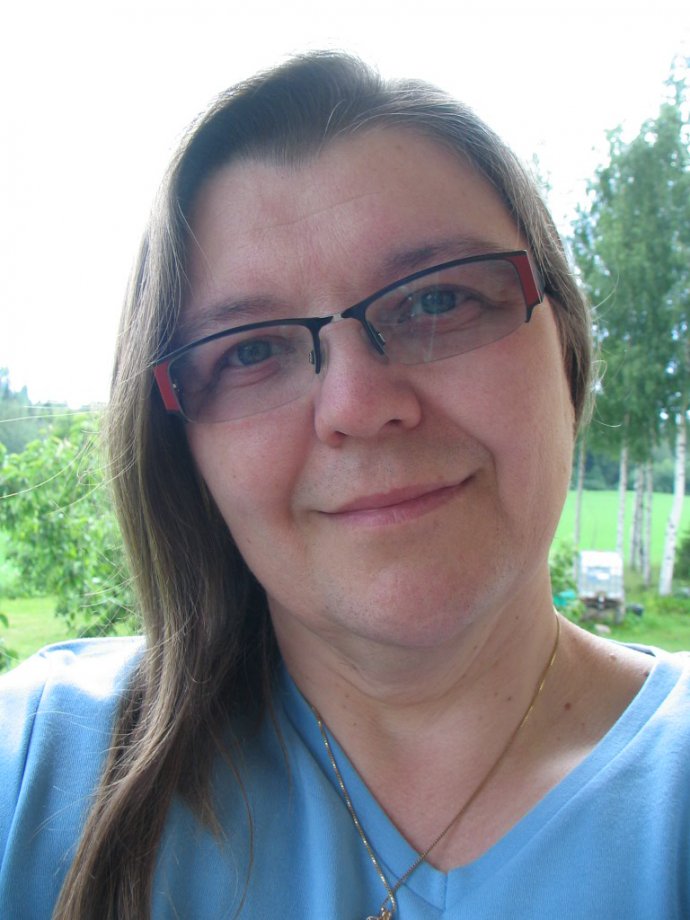AMKIT Consortium and the future of libraries – Interview with the president and a closer look at the Consortium’s work
13.11.2012

The AMKIT Consortium was founded in December 2001 to coordinate cooperation among the Universities of Applied Sciences (UAS) libraries in Finland. Currently, the consortium consists of 25 member institutions operating under the Ministry of Education and Culture.
Within the consortium, professional networks provide training and support for the UAS libraries’ personnel. Different working groups have been set up during the years to plan and coordinate actions. Presently there are active groups in the following areas: cataloguing and indexing, communications and marketing as well as pedagogy. The Open Repository Theseus and the Voyager library system in UAS libraries are both directed and developed by their steering groups. The AMKIT Consortium also acts as a link between UAS libraries and the Ministry of Education and Culture, the National Library and other partners. It nominates UAS representatives to working groups within the library field in Finland. The UAS libraries collaborated closely before the consortium was established, and a good example of this unity is Kreodi, the UAS library online current affairs journal published since 1999.
Interview with Sinikka Luokkanen, Information Service Manager at HAMK University of Applied Sciences
1. You have held a position of responsibility for a long time at the AMKIT Consortium, and the last few years you have been its Chairman. What have been the most important accomplishments in the Consortium’s ten years of cooperation?
I feel the most important thing has been learning together, cooperation in the sharing of competence and working hand in hand to better utilise resources for the good of everyone. The first big effort was, at the time, the introduction of the Voyager library system. After that, the greatest single achievement was the maintenance of the Theseus publication archive. We have procured a lot of electronic material along the years, too. Joint learning and the sharing of competence have had a great impact, but it is harder to highlight individual achievements in their case.
2. What are currently the key tasks that the Consortium aims to influence through its cooperation?
Background systems are an important issue, as we know from other public sources. If we can implement those systems well, every university of applied sciences library will save a lot of working hours and, in the opposite scenario, everybody would suffer more or less.
Joint learning and the sharing of competence remain important issues. We are trying to expand cooperation through Wiki and other online tools so that it becomes a normal working habit that involves all employees at UAS libraries.
3. What kind of future challenges will library cooperation face in your opinion?
Dwindling resources are the number-one challenge throughout the public sector. I don’t think any publicly funded library will see its resources grow in the current economic climate. So, just like with an individual library, the libraries’ cooperation network must carefully decide what it will do and what must be left undone for the time being.
Consortium’s office – who’s behind the service?
The consortium’s operations are organised by Coordinator Ulla-Riitta Lahtinen and Planner Päivi Mäkisalo. They take care of the routines of the consortium’s steering committee, general meetings, working groups and experts. In addition, the consortium office communicates important current issues to the libraries’ staff, maintains the consortium’s website, publishes the Kreodi journal, participates in agreement negotiations and attends to financial supervision. “A diverse range of tasks”, said the two women when I interviewed them at the office.

Kommentit